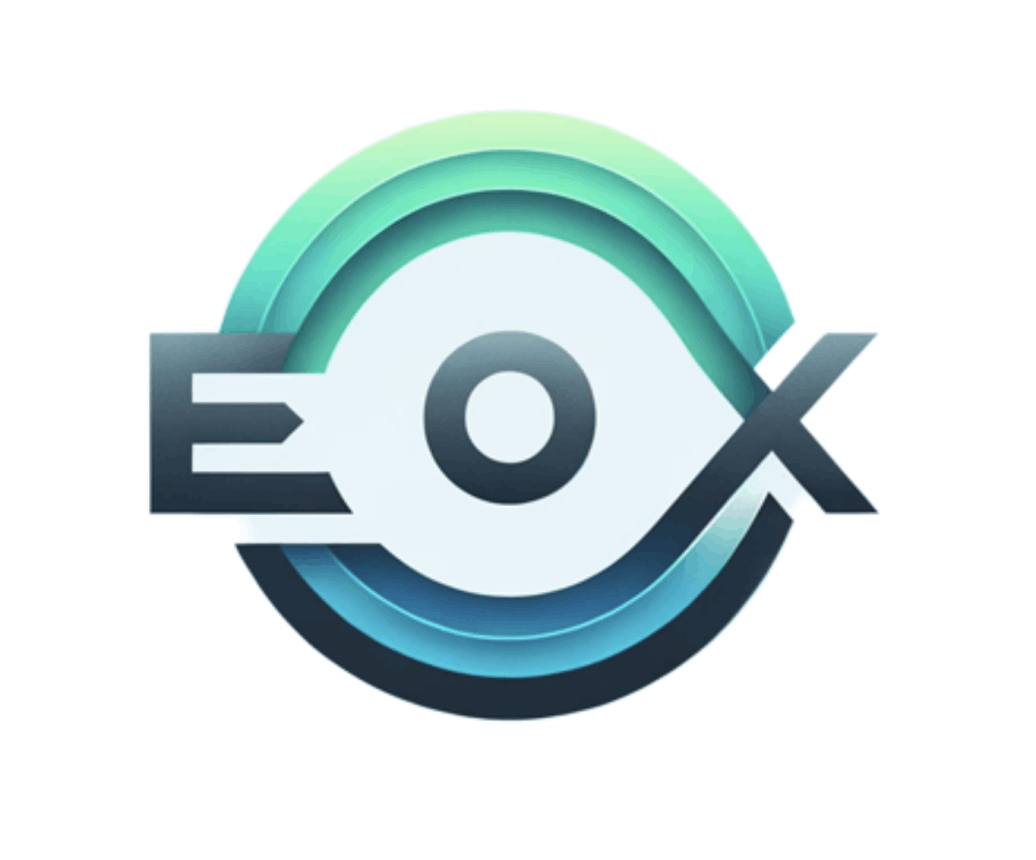Why is OpenEoX important?
Reducing Cybersecurity Risk
One of the primary benefits of the OpenEoX is its ability to reduce cybersecurity risk. By having a standardized EOL and EOS policy across vendors and open-source maintainers, companies can quickly identify when products are no longer supported or updated. This knowledge enables organizations to retire or replace outdated, unsupported products that may be more susceptible to security vulnerabilities. As a result, companies can maintain a more secure IT environment, reduce the risk of data breaches, and better protect their assets.
Enhancing Vulnerability Management
The OpenEoX can also significantly improve vulnerability management. With a standardized and machine-readable format for EOL and EOS information, organizations can automate the tracking of product lifecycles. Automation allows for real-time monitoring and alerts, ensuring that IT teams are informed about upcoming EOL and EOS dates. This timely information empowers organizations to proactively address potential security vulnerabilities by patching or upgrading affected products before they become problematic.
Enabling Automation and Integration
The machine-readable nature of the OpenEoX standard opens the door to automation and integration with other tools and platforms. For instance, vulnerability scanners and security information and event management (SIEM) systems can incorporate OpenEoX data to provide more accurate and up-to-date information about product lifecycles. This integration results in a more comprehensive understanding of an organization's security posture, ultimately allowing for better decision-making and risk mitigation.
Other Benefits of OpenEoX
In addition to improving cybersecurity and vulnerability management, the OpenEoX offers several other benefits:
- Simplified Product Management: A standardized approach to EOL and EOS policies simplifies the process of managing product lifecycles for software providers, vendors, and suppliers. This efficiency leads to reduced administrative overhead and improved customer satisfaction.
- Enhanced Customer Confidence: By adopting industry-wide standards for EOL and EOS programs, software providers can demonstrate their commitment to transparency, customer support, and best practices. This transparency builds trust and confidence among customers, leading to increased loyalty and long-term business relationships.
- Facilitated Transition: A standardized EOL and EOS program can help ensure a smooth transition for customers as they migrate to new technology solutions. This seamless transition results in reduced downtime, fewer support issues, and a better overall experience.

